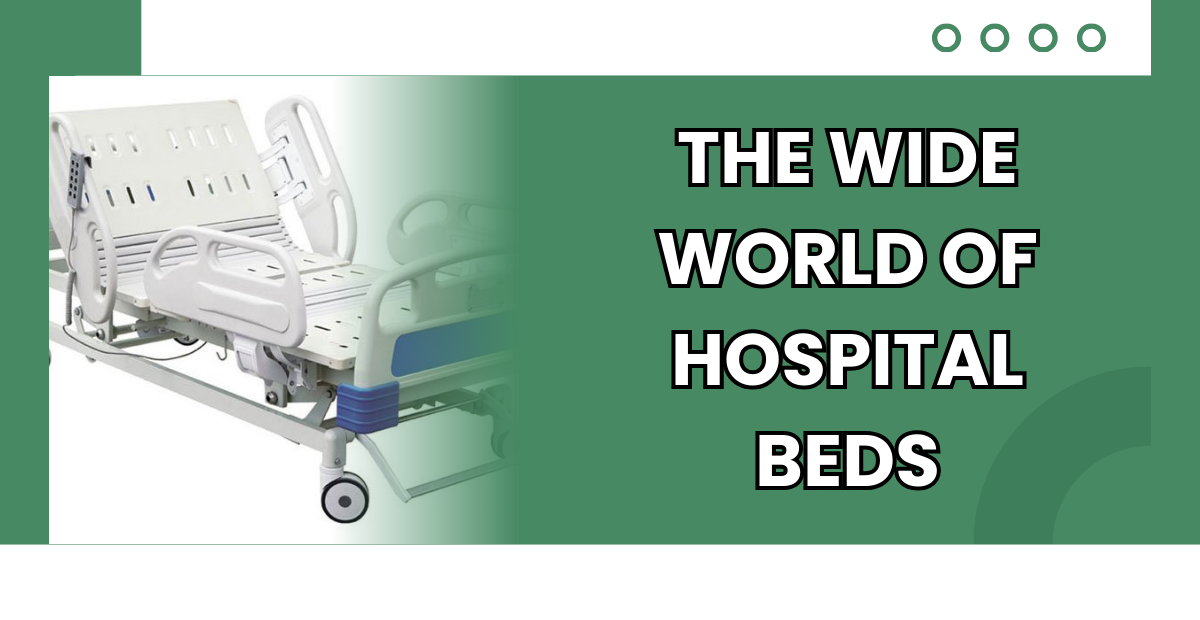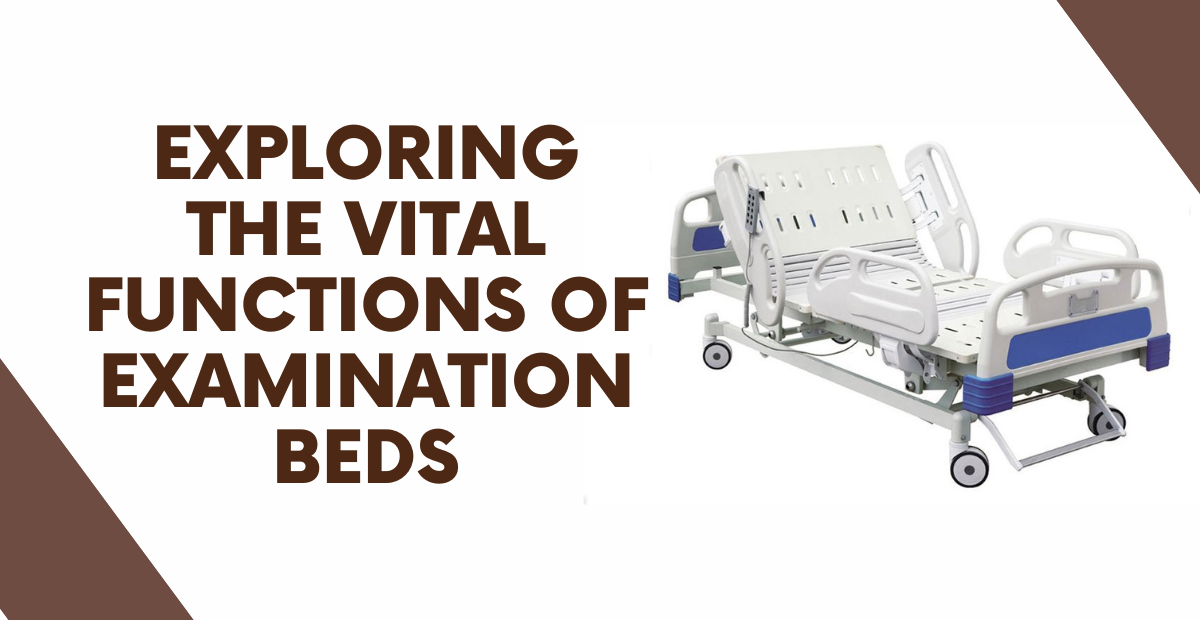In the field of healthcare, hospital beds are critical to guaranteeing patient comfort and enabling medical care. As technology advances, new types of hospital beds arise to satisfy the various demands of patients and healthcare providers. Semi-electric and full-electric hospital beds are two popular versions that serve different functions. Let’s get into the specifics to better grasp their differences and functionalities.
What are the different types of hospital beds?
Before delving into the nuances of semi-electric and full-electric hospital beds, it’s important to understand the basic types of hospital beds available on the market. Traditional hospital beds, which are sometimes manually controlled, have been a fixture in healthcare environments for many years. However, technical improvements have resulted in the creation of electric beds, which offer increased convenience and utility.
Electric hospital beds are further classified as semi-electric or full-electric, depending on the level of their motorised characteristics. These beds are intended to improve patient care, simplicity of use for healthcare personnel, and general efficiency in the medical context.
What is the difference between a hospital bed and an electric bed?
A hospital bed, in its most basic form, is an adjustable bed intended exclusively for medical use. These beds offer a variety of setting choices to enhance patient comfort and help healthcare personnel give treatment. Manual hospital beds are controlled by hand cranks that modify the bed’s height and the position of the head and foot parts.
Electric hospital beds, whether semi- or fully-electric, use electric motors to improve functioning. This enables simple modifications, decreasing physical strain on healthcare professionals and allowing patients to choose their bed settings.

What is the function of a semi-electric bed?
A semi-electric hospital bed combines the convenience of electric controls with manual operation for specific duties. Typically, these beds include electronic adjustments for the head and foot parts, allowing patients to easily reach a comfortable position. However, the bed height is adjustable manually using a hand crank.
The semi-electric bed offers a compromise between the affordability of manual beds and the convenience of electronic adjustments. This makes it a great alternative in circumstances where budget limits exist but patient comfort and carer convenience are still critical.
What is a full-electric bed?
In contrast to the semi-electric equivalent, a full-electric hospital bed provides total motorised control over all functions. This features adjustments for the bed’s head, foot, and overall height, all of which are managed by simple electronic controls. The ease of a full-electric bed is especially useful in circumstances requiring frequent and exact modifications, such as critical care units or patients with limited mobility.
The full-electric bed eliminates the need for manual adjustments, decreasing physical exertion for healthcare personnel and allowing them to concentrate more on patient care. Patients may also regulate their bed settings individually, which promotes autonomy and comfort throughout recuperation.
In summary, the primary distinctions between semi-electric and full-electric hospital beds are the degree of motorization and control they provide. While both attempt to improve patient care and expedite healthcare operations, the decision between the two is determined by the medical facility’s individual demands, economic concerns, and desired level of convenience. As technology advances, hospital beds are expected to adapt further, opening up new opportunities for better patient outcomes and healthcare efficiency.
Also Read






